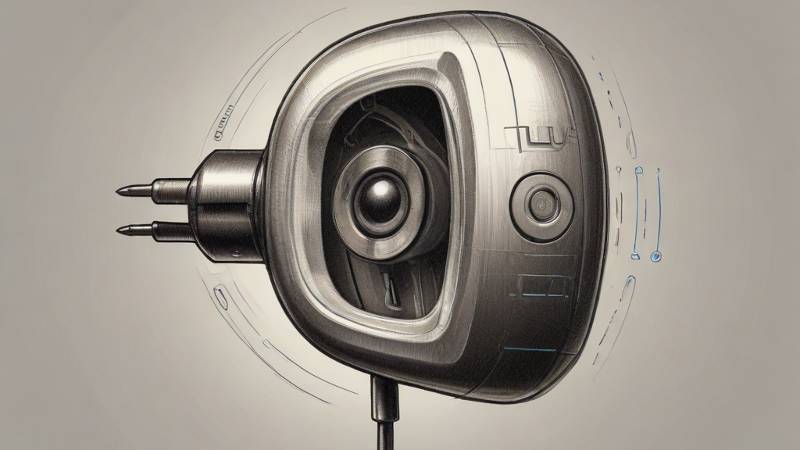Imagine if your earbuds could do everything your smartphone can do already, except better. This seemingly science-fiction scenario may not be so far off, thanks to a new class of synthetic materials that could herald the next revolution in wireless technologies.
Researchers at the University of Arizona Wyant College of Optical Sciences and Sandia National Laboratories have reported a major milestone toward real-world applications based on phononics, which could enable devices to be smaller, require less signal strength, and use less power.
The Power of Phononics
Phononics is similar to photonics, with both taking advantage of similar physical laws and offering new ways to advance technology. While photonics harnesses photons – or light – phononics does the same with phonons, which are the physical particles that transmit mechanical vibrations through a material, akin to sound, but at frequencies much too high to hear.
Matt Eichenfield, the study’s senior author who holds a joint appointment at the UArizona College of Optical Sciences and Sandia National Laboratories, said, “Most people would probably be surprised to hear that there are something like 30 filters inside their cell phone whose sole job it is to transform radio waves into sound waves and back.”
These piezoelectric filters, made on special microchips, are necessary to convert sound and electronic waves multiple times each time a smartphone receives or sends data. However, because they can’t be made out of the same materials as the other critically important chips in the front-end processor, the physical size of devices is much bigger than it needs to be, and there are losses from going back and forth between radio waves and sound waves that add up and degrade performance.
Giant Phononic Nonlinearities
In the paper published in Nature Materials, the researchers demonstrated what Eichenfield calls “giant phononic nonlinearities.” The synthetic materials produced by the research team caused the phonons to interact with each other much more strongly than in any conventional material.
“Normally, phonons behave in a completely linear fashion, meaning they don’t interact with each other,” Eichenfield said. “It’s a bit like shining one laser pointer beam through another; they just go through each other.”
The group has been working toward the goal of making all of the components needed for radio frequency signal processors using acoustic wave technologies instead of transistor-based electronics on a single chip, in a way that’s compatible with standard microprocessor manufacturing. With the acoustic mixers described in the latest publication, they have added the last piece of the puzzle.
Having all the components needed to make a radio frequency front end on a single chip could shrink devices such as cell phones and other wireless communication gadgets by as much as a factor of a 100, according to Eichenfield.
The team accomplished its proof of principle by combining highly specialized materials into microelectronics-sized devices through which they sent acoustic waves. By adding an ultra-thin layer of a semiconductor containing indium gallium arsenide to a silicon wafer with a thin layer of lithium niobate, the researchers created an environment in which the acoustic waves traveling through the material influence the distribution of electrical charges in the indium gallium arsenide semiconductor film, causing the acoustic waves to mix in specific ways that can be controlled, opening up the system to various applications.
“The effective nonlinearity you can generate with these materials is hundreds or even thousands of times larger than was possible before, which is crazy,” Eichenfield said. “If you could do the same for nonlinear optics, you would revolutionize the field.”
With physical size being one of the fundamental limitations of current, state-of-the-art radiofrequency processing hardware, the new technology could open the door to electronic devices that are even more capable than their current counterparts. Communication devices that take virtually no space, have better signal coverage, and longer battery life, are on the horizon.


